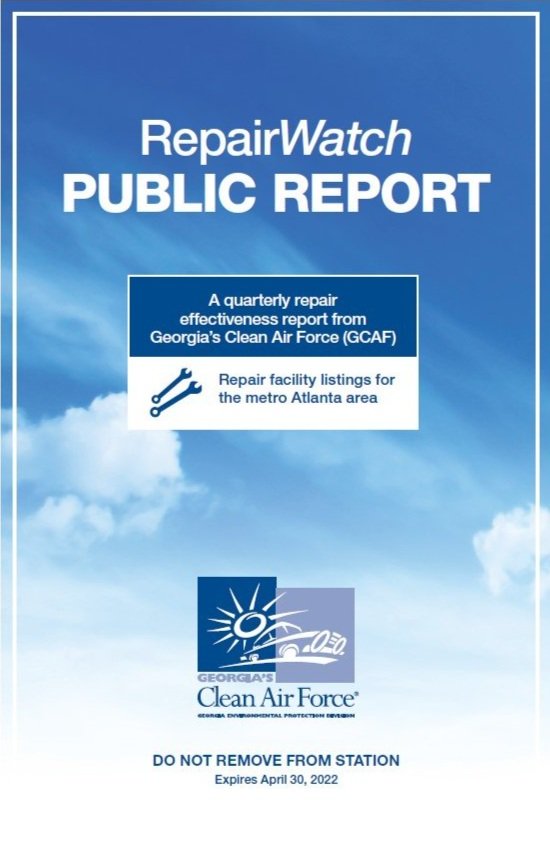After You Test
Begin with reviewing the Frequently Asked Questions and Answers below for repair and retest assistance for failed emissions test. You’ll find answers to the most frequent questions we receive from motorists like you.
View the downloadable Question and Answer (Q&A) brochure for 2024.
If you fail your emissions test, you will receive one free retest if you return to the original inspection station within 30 calendar days of your initial inspection. Thirty (30) days includes your date and time of initial inspection. No re-inspection, whether paid or unpaid, will be performed until the vehicle has been repaired and the Emissions Repair Form has been completed.
If your vehicle fails the retest, additional repairs and retesting may be required.
You may qualify for a Repair Waiver for that registration year if you meet the following requirements:
The costs for emissions-related repairs must meet or exceed $1,111 for 2024 registration. This amount is adjusted annually to reflect changes in the Consumer Price Index.
The retested vehicle must show some improvement in all the areas it did not pass in the initial test.
The retested vehicle must still pass the areas it passed in the initial test.
View our YouTube video, Top Consumer Tips for a Failed Emissions Test.
RepairWatch Report
GCAF offers consumers an informational guide called the RepairWatch Public Report to assist motorists with emissions-related repairs.
Consumer Protection
GCAF provides consumers with a great deal more information to help with emissions testing.
Visit the Consumer Protection section.
Frequently Asked Questions
Click on a question below to show the answer.
-
You will need to have your vehicle repaired. But first it's important that you:
- Check for warranty coverage.
- Have a diagnostic analysis performed on your vehicle - these tests can range from $60-$100.
- Know where to go for repairs. Information on choosing a repair facility can be found in the RepairWatch Public Report or at any emissions testing location.
- Know what questions to ask before you select a repair facility. Understand the repair process.
Please note: If your vehicle fails its annual emissions inspection, please have all related taxes and fees ready. Then visit your local county tag office for information about a possible non-renewable 30-day extension on your registration, per OCGA 40-2-20.
-
Before you go anywhere, check to see if your vehicle is still covered by a manufacturer's emissions control warranty (all new vehicles generally have some type of emissions control warranty). If so, take it to an authorized dealer. If your vehicle is not under warranty, find a quality emissions repair shop to make the necessary repairs. Note: Your vehicle may fail due to factors other than a faulty emissions control device. Georgia's Clean Air Force maintains a list of repair shops with a proven track record of emissions-related repairs. You can view this report: RepairWatch Public Report to see if your repair shop is included or to find a quality repair shop in your area. You can also visit any inspection station to view a copy of this report. Of course, you can take your vehicle to any garage, dealership or other service provider. You can even do the repairs yourself; however, if you do them yourself, labor costs will not count toward the Repair Waiver requirements. See our section on Repair Waivers for more information. When selecting a repair technician/mechanic, be sure to ask a few basic questions:
- Has your mechanic recently completed a state certified emissions repair or factory training program and/or are they ASE certified in A6 and A8 and L1 (preferred) categories? Ask to see their certification.
- Do they have the necessary diagnostic tools to identify the emissions-related problem(s)?
- Do they have an OBD generic scan tool to read and analyze diagnostic trouble codes (DTCs)?
- Do they have an engine analyzer, to monitor the vehicle's ignition and overall engine performance?
- Will they stand behind their work?
- Will they complete the required Emissions Repair Form for you?
-
After your vehicle fails the initial test, the first step is to receive a comprehensive diagnostic analysis, which is required to identify what is wrong with your emissions control system or your engine before a repair recommendation can be made. (Your emissions test is not a diagnostic analysis.) You can expect to be charged for the diagnostic analysis. However, the fee will apply toward your Repair Waiver requirements, if needed.
Keep in mind that repairing one problem may reveal additional problems that were previously hidden. Sometimes a series of repairs are needed to pass the re-inspection. (This is less likely to happen if your vehicle is properly maintained.)
We recommend you get an estimate for any work before authorizing your mechanic to proceed.
Make sure your mechanic completes the Emissions Repair Form that was given to you when your vehicle did not pass. You will need it to have your vehicle re-inspected after the repairs are done. The completed form must include:
- Date of repair
- Repair facility phone number
- Total cost for emissions-related repairs
- Signature of repair technician
Note: Make sure you keep all receipts.
-
You will receive one free retest if you return to the original inspection station within 30 calendar days of your initial inspection.
Thirty (30) days includes your date and time of initial inspection.
No re-inspection, whether paid or unpaid, will be performed until the vehicle has been repaired and the Emissions Repair Form has been completed.
-
Additional repairs and retesting may be required. You may qualify for a Repair Waiver for that registration year if you meet the following requirements:
- The costs for emissions-related repairs must meet or exceed $1,111 for 2024 registration. This amount is adjusted annually to reflect changes in the Consumer Price Index.
- The retested vehicle must show some improvement in all the areas it did not pass in the initial test.
- The retested vehicle must still pass the areas it passed in the initial test.
-
Take your vehicle to a Georgia's Clean Air Force Service Center. Be sure to bring your vehicle and the following documentation with you:
- The original vehicle inspection report (VIR) showing failure.
- Original repair receipts for all emissions-related work done.
- All vehicle emission inspection reports.
To qualify for a Repair Waiver:
The vehicle did not pass the first inspection and the after-repairs inspection. The initial inspection cannot be more than one year old (12 months) or associated with a previous Repair Waiver. Motorists may make multiple repairs and retest attempts over a period of months. However, the application must be dated within 60 days of any failed test (the failed test cannot be more than one year old or associated with a previous Repair Waiver or registration renewal).In addition:
- The cost for emissions-related repairs must meet or exceed $1,111 for 2024 registration.
- The retested vehicle must show some improvement in all the areas it did not pass in the initial test.
- The retested vehicle must still pass the areas it passed in the initial test.
For more information, view our waivers information section.
-
If you question the test procedures, the accuracy of the inspection equipment or the validity of the results, you can ask for a referee test within 15 calendar days of the disputed inspection.
The referee test will be observed by a Georgia's Clean Air Force representative or other authorized representative at a mutually agreeable time at your original inspection site. This inspection will be performed by appointment only. No repairs can be made before a referee test is performed.
For more information or to schedule an appointment, contact us. Also, please report offers to illegally pass a vehicle by calling or emailing us directly.
-
There are several ways to prepare for your next emissions test:
- If your "Check Engine" or "Service Engine Soon" light is on, your vehicle will need to be checked by a repair technician immediately.
- Get your oil changed regularly.
- Follow the manufacturers recommended maintenance and tune-up schedule.
- Keep your tires properly inflated.
- Check belts and hoses for wear.
- Keep the sealing surfaces of your gas cap clean and in good condition. When necessary, clean them with water and a damp cloth.
- Replace your gas cap securely after filling up. A loose gas cap allows water and foreign material to collect, causing rust and a poor seal.
It should be noted that an inspector may reject a vehicle for testing if it is considered unsafe to test. And, if the test has already begun when the safety problem is detected, the inspector may charge the full price of the test.
A properly maintained vehicle gets better fuel economy than a poorly maintained one. Furthermore, an improperly maintained vehicle may lead to a compromised emissions control system and not be effective in removing or reducing harmful air pollutants. This could result in not passing the emissions test. Make sure your vehicle is ready and help keep Georgia's air clean.
-
Because your health depends on it.
High levels of smog can be bad for you, aggravating respiratory conditions like asthma. And the metro Atlanta area has failed to meet federal air quality standards since 1980, due in large part to vehicle emissions.
But through Georgia's Enhanced Vehicle Emissions Inspection and Maintenance Program, we are identifying and repairing heavy polluters, making the air cleaner and healthier for you, your children and their children.
At the same time, the emissions testing program brings us closer to meeting the federal air quality standards established by the Clean Air Act.
-
Federal law allows engine switching in some instances. Generally it is illegal to install an engine in a vehicle if that vehicle was not manufactured to support the emissions controls of the replacement engine.
Please refer to the Environmental Protection Agency's (EPA) website for complete information on engine switching.
Please refer to the EPA's website for complete information on kit cars.

